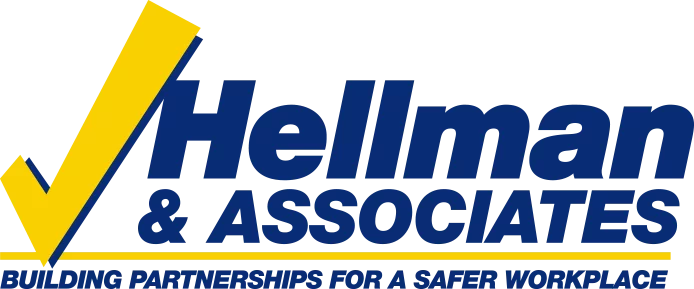Emergency Preparedness
In the event of an emergency, all employees should know how to respond. A written emergency preparedness program will help your facility determine how to respond to emergencies specific to your workplace. In order to be prepared for emergencies:
- Know the location of the closest exits, fire extinguishers, eye wash stations, first aid kits and any other necessary emergency response equipment in your work area;
- Ensure that this equipment, as well as fire alarm and sprinkler systems, are maintained accordingly;
- Keep exits and emergency equipment unobstructed;
- Know who to contact in the event of an emergency, whether internally or externally;
- Post evacuation maps, internal emergency response team members, etc. in your facility; and
- If you are responsible for visitors in your facility, make sure to inform them of your emergency plan.
Building Evacuation
If you must evacuate the building for a fire, chemical release or other emergency:
- If necessary, pull the closest fire alarm or emergency alarm on your way out of the building (if applicable);
- Exit via the nearest exit door, even if that exit isn’t next to the evacuation meeting point;
- Walk, don’t run, to the evacuation meeting point;
- Go directly to the meeting point and not to your vehicle or other location;
- Stay at the meeting point until released; and
- Typically, a head count will be conducted to make sure everyone is accounted for.
Severe Weather Emergencies
If your company has an internal severe weather notification system, be familiar with this. During severe weather:
- Quickly proceed to an area away from windows and doors on the lowest floor level;
- If your facility has a formal designated shelter, go to this location;
- Remain in this location until you are told it is safe to leave; and
- Contact 9-1-1 if there are any medical or other emergencies while sheltering.
Medical Emergencies
If you have an internal first aid/CPR trained team, contact an employee from this team in the event of a medical emergency:
- Call 9-1-1 if necessary. It is ALWAYS better to call, rather than hesitating in calling;
- Do not move the injured person unless you need to remove them from a hazard such as a chemical spill or contact with electrical equipment; and
- Keep the individual calm and let them know that help is on the way.
